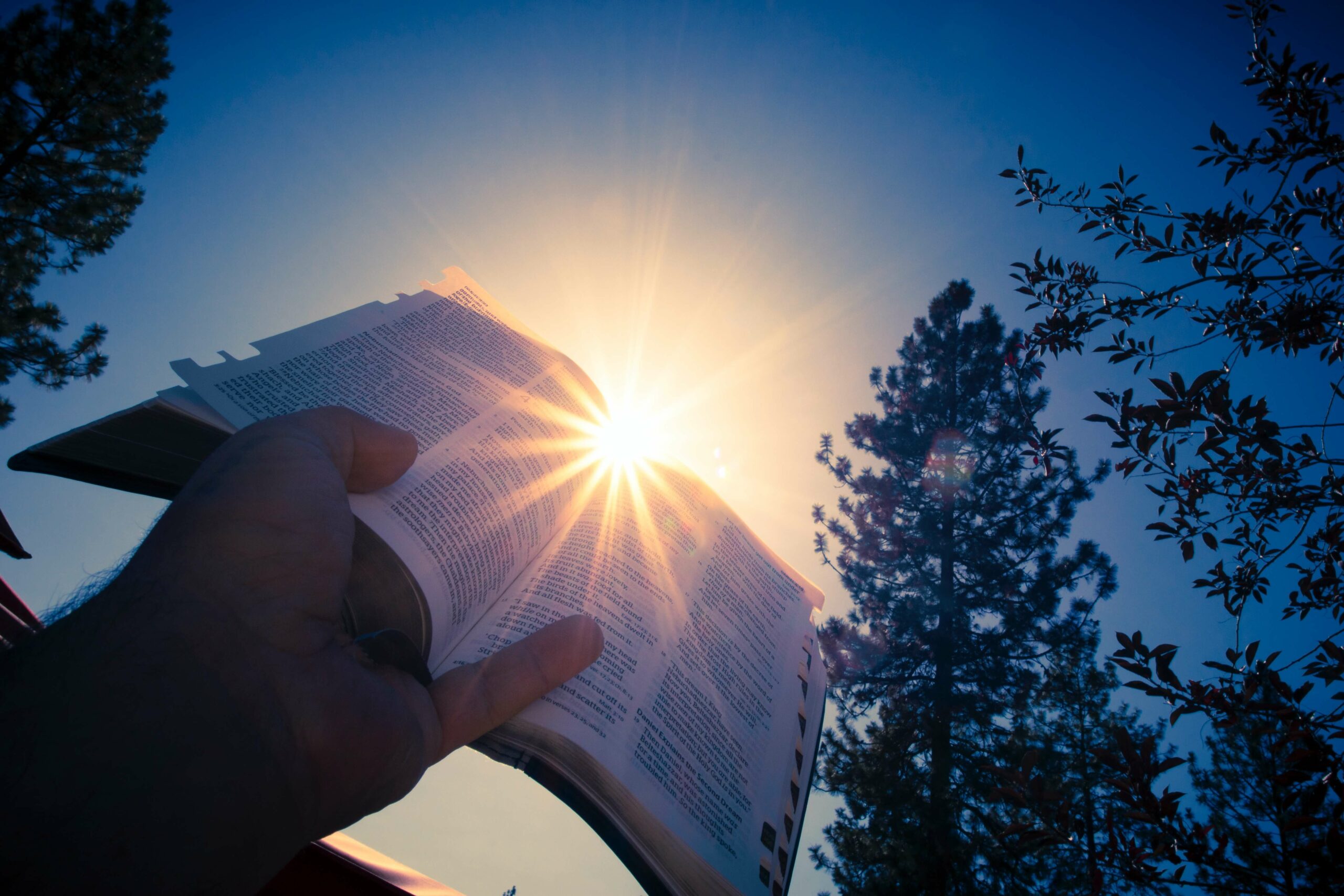Many pieces of the average wedding stem from old Christian traditions. It is easy to forget that, at one point, Christianity spread all over the world, and in some places like the U.S. held strong roots.
With those roots came traditions long passed down that have now become commonplace, though we forget where they originated.
Some of these Christian traditions are now just traditions like a white wedding dress or having a reception afterward, while other customs have fallen to only those of the Christian faith, like foot washing and worship.
At first glance, many of the traditional rituals in a Christian wedding may seem weird, gross, or highly outdated, but when you break down the tradition, the reason behind it usually clears it all up. Even so, some rituals happen in many modern weddings.
Here are twelve traditions that tie back to the Christian faith and still are represented in some way today.
12 Christain Wedding Traditions and Rituals
1. Premarital Counseling
An essential part of a Christian wedding is including other people. While it seems controversial to ask for opinions from everyone around you and specialists, it is an integral part of not only the wedding but also the dating period and marriage.
Most often, the couple will go to their pastor. Usually, they will go to church together in the months before their wedding. While some couples go to licensed therapists, those couples tend to also go to their pastor at least once.
This tradition represents the community that the church creates. A solid Christian couple asks for the opinions of their friends, single and married. Many verses in the Bible refer to the importance of good company and an equal yoke (1 Corinthians 15:33, Proverbs 19:20-21, 2 Corinthians 6:14-16). It stems from the idea that the people around you care about you and want to ensure that your spouse is the best person for you.
2. Prayer and Worship
To the Christian, their entire life is an act of worship. Their marriage is not different, especially as a wedding is simply the event celebrating a life change. There are many forms of worship such as singing, praying, serving, etc. Often at least one or more of these forms are apparent in the wedding to set a solid foundation for the marriage.
Prayer is not only to ask God for a long, healthy, happy marriage but also an occasion to allow the guests to participate in that act. Some practice “laying hands,” which refers to everyone either reaching out to the couple or coming up and physically connecting to them by putting their hand typically on the shoulder, back, or head as they pray over them.
Some couples will also have a worship and praise session. This session is when a band or musician will play worship songs, and the wedding sings together. Typically, they will play about two songs, with some connection to the love of Christ and His church, often referred to as His bride.
3. Washing Feet
At first thought washing feet sounds a little gross for a wedding event. However, it is the intention behind it that is so important. In John 13:2-5, Jesus bends down and washes his disciples’ feet in an act of love and service.
Jesus was going to die the next day, yet he still chose to wash the dirty grime from the sandaled feet of men who had walked miles in dust that day. In those times, washing feet was the act of a host and is represented in the Bible multiple times as an act of love and cleansing.
Symbolically, washing the feet cleanses the past and represents a vow between the washer and washee. This tradition is not always done but can be a sweet moment between the couple
4. A White Dress
Now a white dress is a big thing, everyone wears one, but what people forget is the meaning behind it. It is a representation of purity. The Christian faith highly emphasizes purity before and during the marriage.
While purity is vital, it is clear, if you read the Bible, that no one is perfect except Jesus Christ. It is essential to remember that He gave the white garments for the wedding feast freely.
Yes, people should exercise purity in their life, and the white dress does represent the bride staying pure for her husband, but through Christ, anyone can become pure again through grace.
5. Tying of the Knot
The knot goes by many names, unity knot, God’s knot, or even the marriage knot. Whatever name it is, the knot is a symbolic act that Ecclesiastes 4:12 references. Typically the participants braid the three strings and display them in their home.
The verse explains that a rope of three strands is “not easily broken.” It creates a picture of Biblical marriage involving three persons: husband, wife, and God. It is similar to a unity candle, lasso, sand, rope, or another symbol to remind a couple of the unity of marriage before God.
6. The Rings
The circular shape is itself a symbol of eternity and an ever-going circle. Like the infinity symbol, but simpler, a ring is merely an object of reminder. The ring is but a token, a reminder. The ring is a sign that not only is this person taken, but they are committed to the partner wearing the corresponding band.
Rings tie to the promise of marriage with never-ending love, forgiveness, and consistency. While wedding bands may not come directly from Christian origins, the covenant and point behind them do. Rings became a symbol later on and have become highly popular today.
7. A Veil
While today, the veil is simply a part of the wedding attire, it held significance in the ancient world. Brides wore veils for a variety of reasons, like hiding the bride in arranged marriage till after it was complete, but at heart were, like the wedding dress, a symbol of purity.
Modesty, chastity, and purity are all in the thin fabric hiding the face of the bride. There is some theological meaning behind the veils that tie to Christ, but at the most basic level, it is another symbol of purity.
8. Groosman Enters First
Often referred to as a processional, a traditional Christian wedding has a specific way for everyone to enter. It starts with some music, and then all of the guests find their way to their seats.
Grandmothers (and fathers) go first, usually escorted by groomsmen or family. After the grandparents go the parents, but the family of the groom always goes first, followed by the family of the bride. After everyone is situated, the pastor or officiant and groom come in, though they typically enter on the side, not down the aisle.
The wedding party enters next, with groomsmen escorting the bridesmaids down. Then comes the best man and maid of honor, followed by the flower girl and ring bearer. Lastly, the father or next of kin, such as a brother, uncle, or grandfather, escorts her.
9. Father escorts the Bride
Following the processional, the bride walks with her father down the aisle. The entire congregation will stand as she enters and makes her way toward the groom. The standing represents the support and approval of the guests as they honor the wedding ceremony between the couple.
At the end of the entrance, the father hands off his daughter to the groom. The pastor will usually ask if the father gives his blessing or daughter to be married, going back to when arranged marriage was popular, and parents chose who to give their children away to. The father answers that he does, and the ceremony begins.
10. Wedding Vows
The couple will turn to face each other and sometimes hold hands as they vow to love and stay faithful to each other. Some couples write their vows, while others read something that holds significance to them or the traditional vow most people associate with marriage.
They will repeat the familiar phrasing of “I take so-and-so to be my spouse. To have and hold, for richer or poorer, etc.” While Christian weddings use traditional vows, it is not uncommon for the couple to add in a personal vow, too.
11. Announcement of Husband and Wife
The pronouncement by the pastor is an essential part of a Christian wedding as it proclaims before the guests, family, and most importantly God that this couple is now married. They are unified under Christ and before witnesses.
The announcement can be done in several ways. Typically is said along the lines of please welcome Mr. and Mrs. Another way is it is an honor to introduce you to the new Mr. and Mrs. The guests will usually clap and celebrate the new couple as they exit to the reception.
12. Reception
The couple exits first, and then the wedding party follows in the opposite order, so the ring bearer and flower girl go next, followed by the maid of honor and best man. Most weddings, Christian or not, will have a reception or a celebration/party afterward.
Not all receptions are sit-down meals; some are just a cocktail hour or other gathering to allow the guests to congratulate and talk to the couple. Pictures are usually taken during this period, and the couple leaves for their honeymoon afterward.




